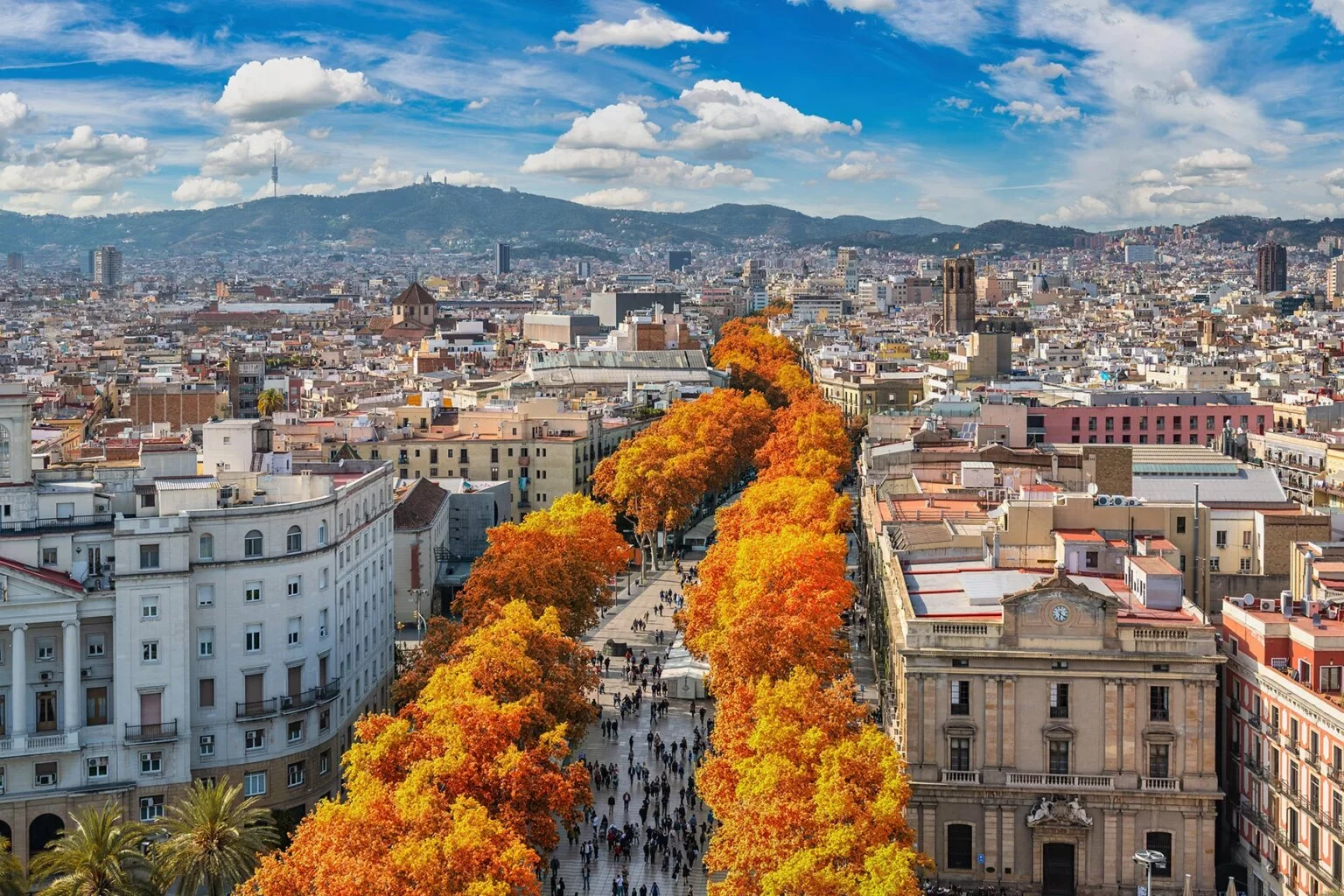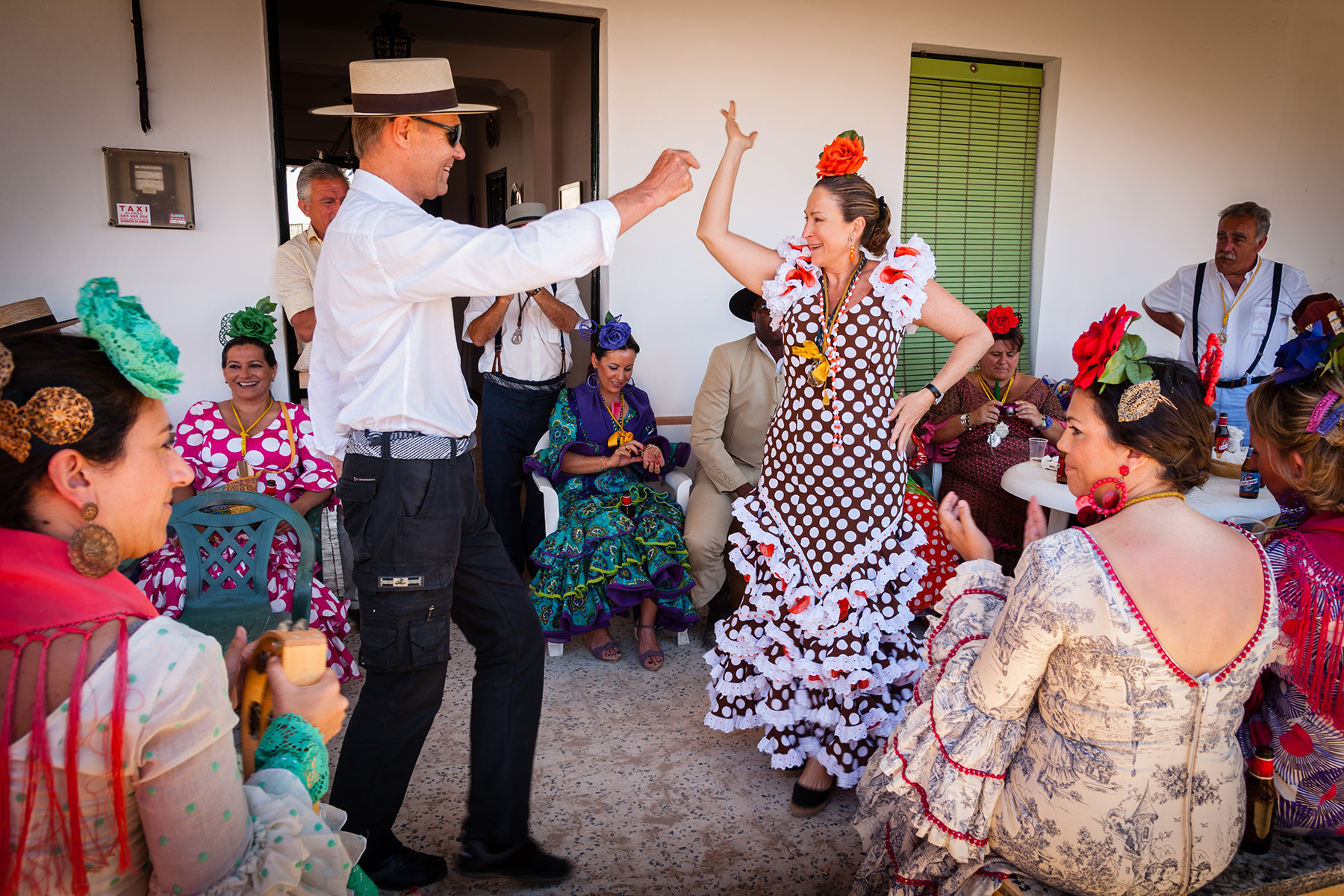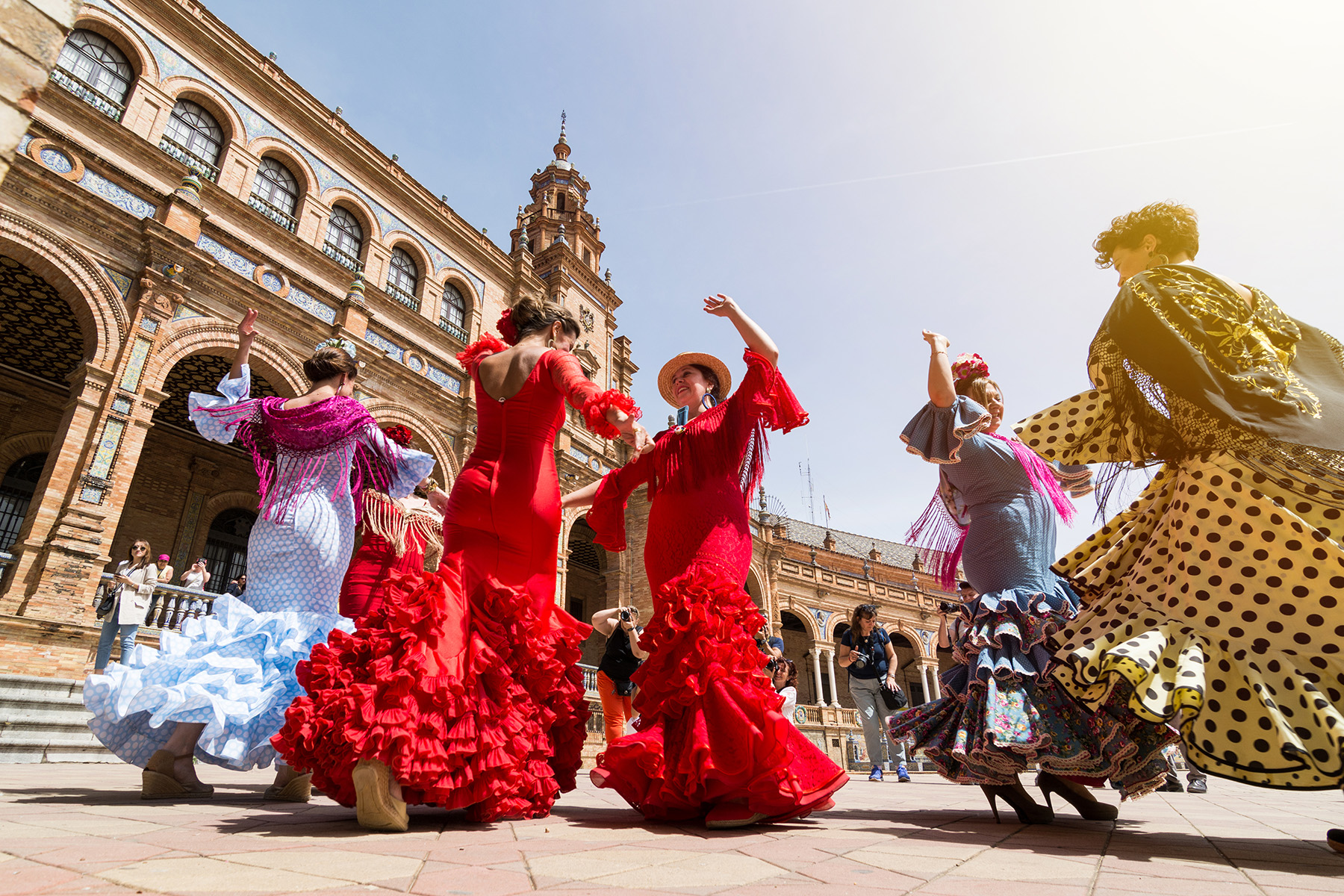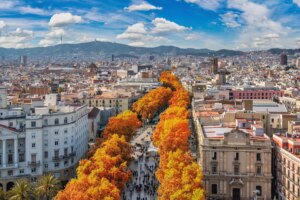If you’re moving to Spain, you might underestimate just how much the country’s climate can vary. Some parts have cloudy, wet summer days, while the opposite end is roasting in near-Saharan heat. As such, your life in the country can be very different depending on where you relocate.
Learn more about the climate in Spain and what to expect from its seasons by reading the following sections:
Spotahome
Looking for somewhere to rent in Spain? Spotahome takes the hassle out of househunting by doing the hard work for you. Their online platform lets you find, view, and book rental properties all from the comfort of your own home. Take the stress out of househunting in Spain with Spotahome.
Regional climatic zones in Spain
Spain’s terrain stretches from the northeast Atlantic Ocean to just 13 kilometers off the coast of Morocco so it’s not surprising that the climate varies by region. Each of the three main climatic zones covers about a third of the country.
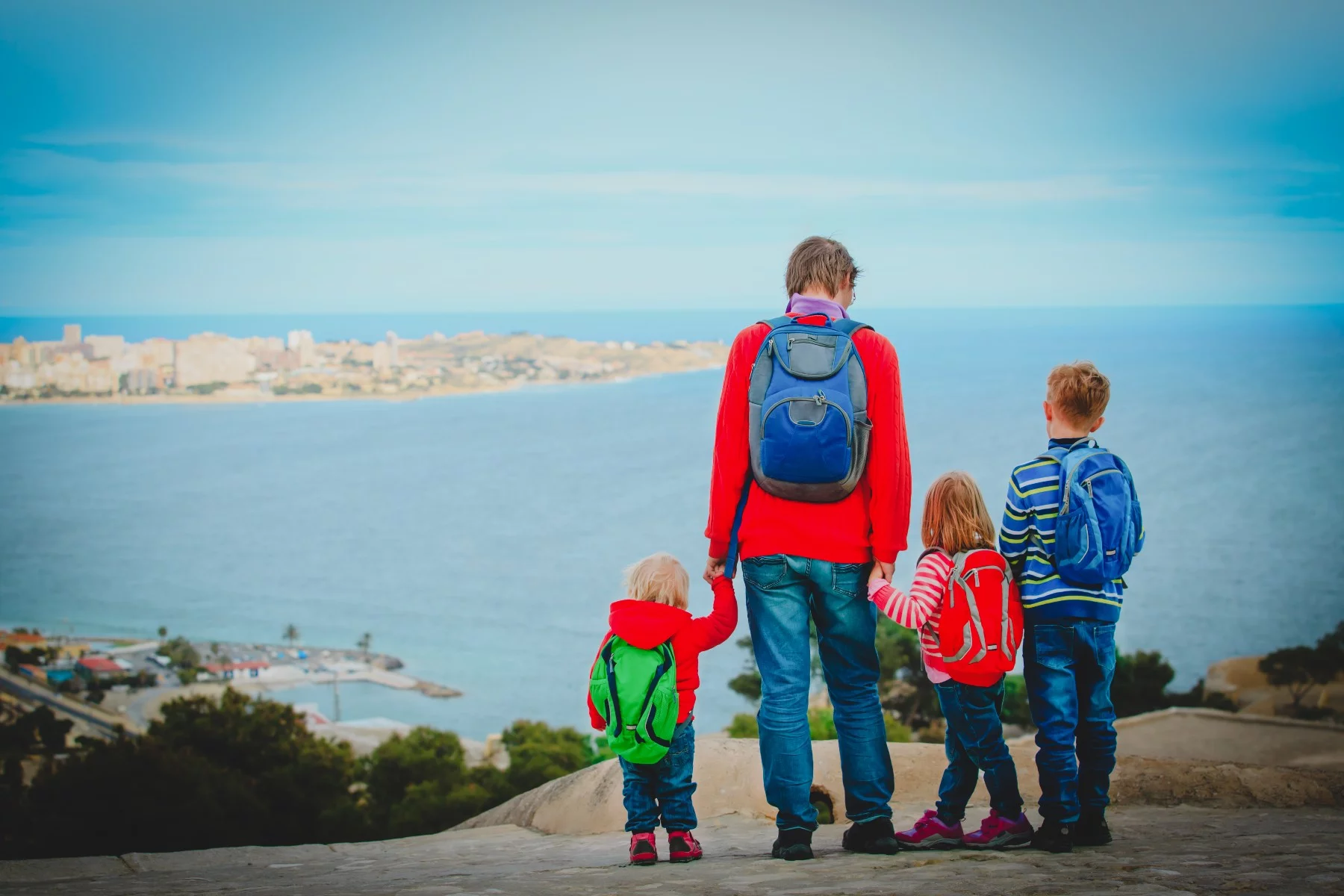
You’ll notice a bit of variety in daily weather conditions within these three zones (particularly in the Mediterranean and central plains), but each zone is distinguishable by significant differences between climate, terrain, and flora.
Here’s a quick summary:
- Maritime Zone: located in the north and covers Basque Country, Cantabria, Asturias and Galicia (from the Atlantic to the Cantabrian and Galician mountains).
- Continental Zone: covers the huge central plateau known as the Meseta. Madrid is at its center, and the zone extends ouwards across an area of 130,000 kilometers.
- Mediterranean Zone: the area adjacent to the Mediterranean Sea, which runs along the entire southern and eastern borders of Spain, up until the land border with France and Andorra. This zone includes the Balaeric Islands, too.
- Canary Islands: these fall outside of Spain’s three main climatic zones because they’re so far away from the mainland. But we’re including a footnote on them. Lying over 1,600 kilometers from the coast of Spain and 108 kilometers off southwest Morocco, they have a subtropical climate.
Maritime Zone
Between the Atlantic and the Cantabrian or Galician mountain ranges, days are frequently cloudy and downpours are common, even during summertime.
Santiago and Bilbao in particular are notoriously rainy towns, so don’t forget a raincoat and umbrella if you’re moving there. All the wet weather makes for incredibly verdant pastures but hikers frequently find the hills and fields around the coast wrapped in mist and fog. There’s slightly less rainfall in the east of the Maritime Zone, as it’s further from the Atlantic Ocean.
July is the so-called driest month but always be prepared for sudden showers. Summer in the Maritime Zone is comfortably warm, but not hot, offering respite to the fierce heat of land to the south. So it won’t be a surprise to hear this is the region many locals head to when they want to escape the intensity of the summer weather in the rest of Spain. Typically, you’ll see an average temperature of 21 degrees Celsius in this cooler region in July.

October to December are the wettest months. There are a lot of clouds and rainfall throughout winter, occasionally turning to snow. But winter is still generally quite mild, with an average temperature of 9 degrees Celsius in January.
Continental Zone
Hot, dry summers and cold winters characterize the climate in Spain’s Continental Zone. If you’re all about sunbathing during the summer and playing in the snow in winter, cities such as Madrid and Zaragoza might be for you.
Summers here normally consist of picture-perfect cloud-free days. The Ebro Basin is the hottest part of the Meseta plateau, where it can reach a sweltering 43c. Humidity is highest around the basin, Ebro River, and central Meseta. In the north, the summer temperature typically hovers around the low 20s. You’ll find the perfect balance in the southern Meseta, where there’s an average daily temperature of 24–27 degrees Celsius.

The north, center, and Ebro Basin have two wet seasons. The first wet season sees the most rainfall (April–June) compared to the second one in October-November. The south also has two rainy seasons but the first one starts slightly earlier (March).
This entire zone remains humid throughout the winter. Strong winds and frost are common. The mountains and foothills see the lowest temperatures, with the most amount of rain and heavy snowfall. Fortunately, many homes in this region come with central heating, which is a must.
Mediterranean Zone
When you think about the Spanish climate, you probably picture the kind of weather found in the Mediterranean Zone. It has the lowest amount of rainfall in Spain. This zone extends from Andalusia along the southern and eastern coasts up to the Pyrenees. Sevilla, Málaga, Alicante, and Barcelona are all cities with a Mediterranean climate.
Summers are hot and dry, with an average daily temperature of between 22–27 degrees Celsius closest to the sea, where there’s a coastal breeze and higher humidity. It’s normally around 29–31 degrees Celsius further inland, where the air is drier.
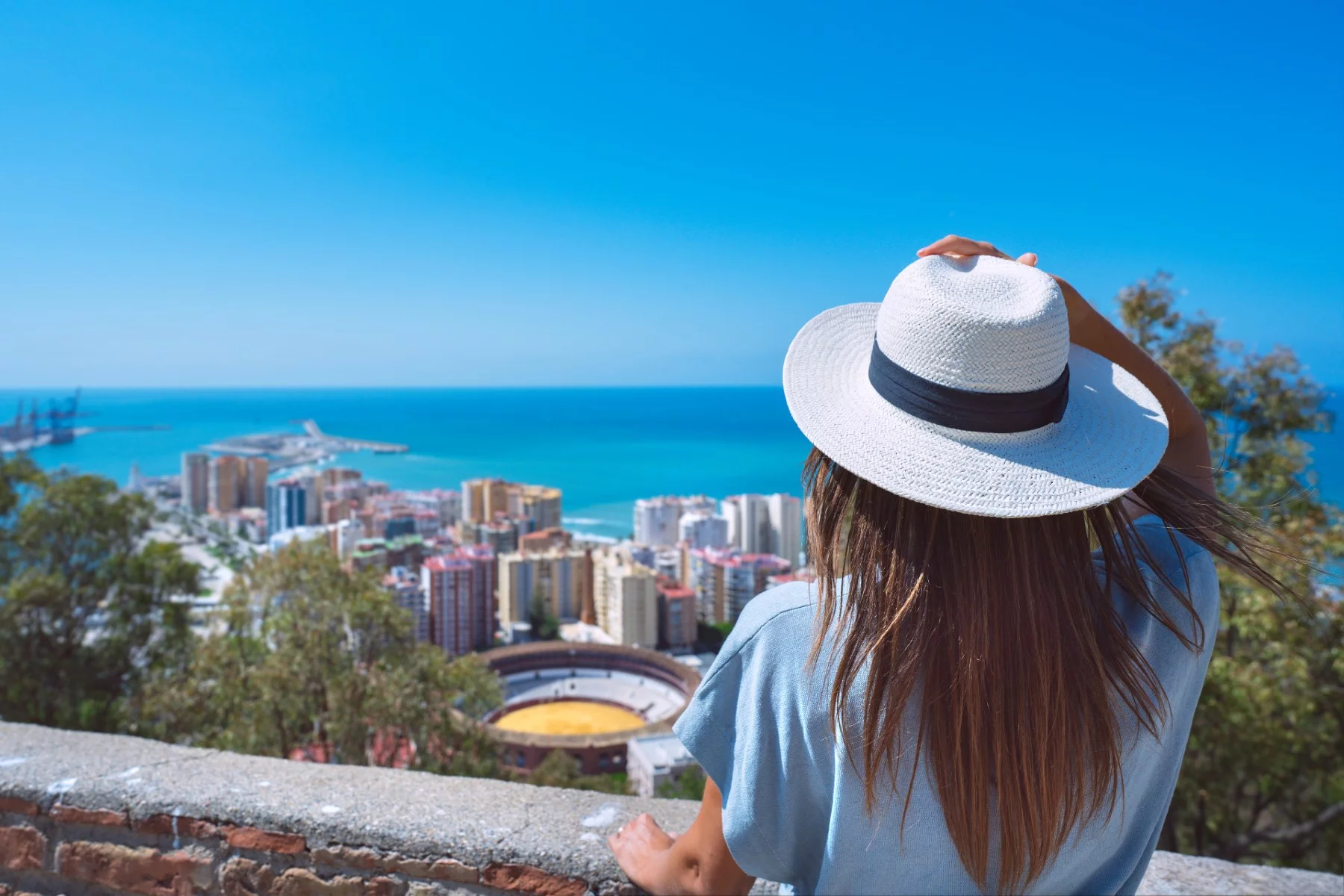
A hot wind named the Terral blows north to south across the entire country, picking up heat as it goes. This can make summer nights in the Mediterranean Zone uncomfortably hot unless you have air conditioning. Andalusia sees the hottest temperatures in the Mediterranean Zone, often reaching around 40 degrees Celsius in July and August.
Most rainfall here occurs in the autumn and winter, although it’s rarely heavy. Winters are relatively mild (around 10–13 degrees Celsius in January) but it can get colder around Barcelona and Valencia (around 9 degrees Celsius). Combined with the cold humidity, you’ll definitely need central heating or a portable heater.
Strangely, many homes in this zone aren’t equipped for Spain’s climate in the wintertime. Homes often don’t have central heating. As a result, many people rely upon portable gas heaters that can send your electricity bills sky-high and can even be dangerous. Some locals will tell you that you don’t need heating in this region because winters are so mild and short; however, without it, you’ll be cold for four months. A home with air conditioning as well as central heating in this zone is worth its weight in gold.
Canary Islands
Spain’s Canary Islands are just one addendum to include in this article about the climate in Spain. This archipelago off southwest Morocco has a subtropical climate. During July and August, the temperature typically hovers around 28 degrees Celsius, while winters are blissfully mild, with the temperature usually in the low 20s.
Rainfall is extremely light. November to January may see about four or five days of rain on average, and the thermometer will rarely plunge lower than 15 degrees Celsius. There is however a hot sand and dust-laden wind, the Calima which is particularly prevalent during winter and it can sometimes turn into sandstorms.
Seasons in Spain
You can enjoy all four seasons in Spain, although the contrast between the seasons is the most pronounced in the Continental Zone. And despite all the palm trees in the Mediterranean Zone, there are still a fair amount of deciduous trees and seasonal flowers, so you won’t completely miss out on seeing springtime blooms and autumnal leaves there.

If you want to keep up with Spanish fashion, it’s worth noting that the seasons dictate clothing here, rather than the weather. So when autumn hits, start rocking that coat if you want to blend in, even if it’s still 25 degrees Celsius.
Spring in Spain
The spring season runs from March to June. It’s probably the best time of year for outdoor activities in Spain, with the most comfortable temperatures (low to mid-20s), meaning you won’t dissolve into a puddle when you attempt to exert yourself.

But speaking of puddles, bring an umbrella, because en abril, aguas mil (the Spanish equivalent of saying ‘April showers’). Springtime showers aren’t only limited to the north, even though this area has more of them.
Summer in Spain
From June to September it’s the summer season in Spain. These are the hottest and driest months, and they’re also when the hordes of tourists arrive (European school holidays run from around mid-July to early September).
In much of Spain, summer days are cloudless, with temperatures ranging from the mid-20s to the mid-30s. Exceptions would be in the cooler north and in Andalusia. At these opposite ends of the country, it can be cloudy and only 20 degrees Celsius, or scorching hot and 40 degrees Celsius, respectively.
Autumn in Spain
From September to December things start to cool off. You’ll probably notice the temperature dips during late afternoons and early mornings are cooler, as a precursor to the cold season in Spain.
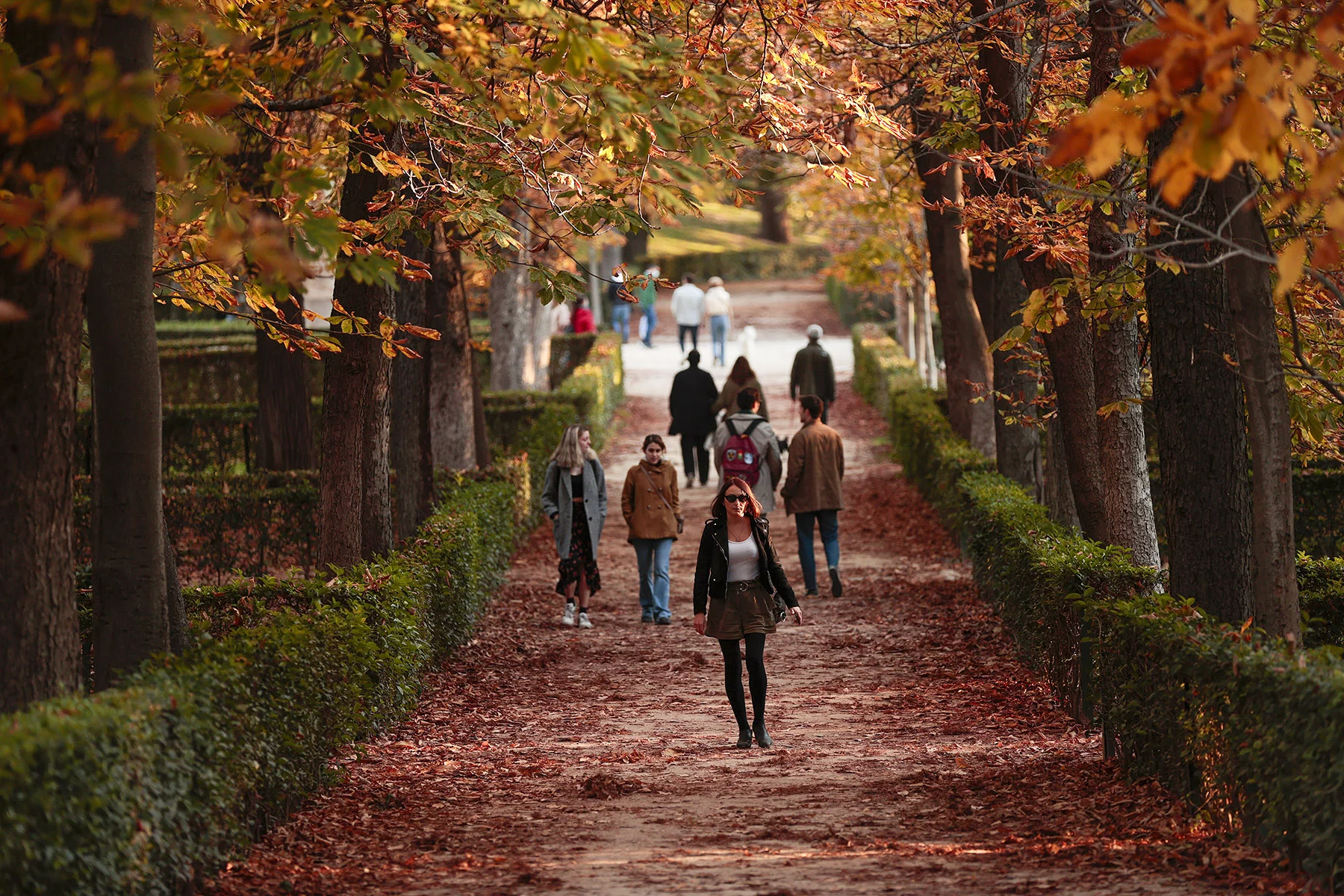
You can often get sunny days during autumn, particularly in the southern, eastern, and central regions. But of all the seasons in Spain, this one can be one of the dampest. Be prepared for sudden showers and thunderstorms breaking up the humidity that built up over the summer.
Winter in Spain
December to March is the cold season in Spain. Things can get quite rainy, particularly in the north, or even snowy at higher altitudes and in the north and north-central areas. Do seriously consider finding a property with central heating, even if you’re in an area that doesn’t see the temperature reaching freezing point. Between the lack of adequate wall insulation/carpets and the cold humidity, you will be uncomfortable for months without it.
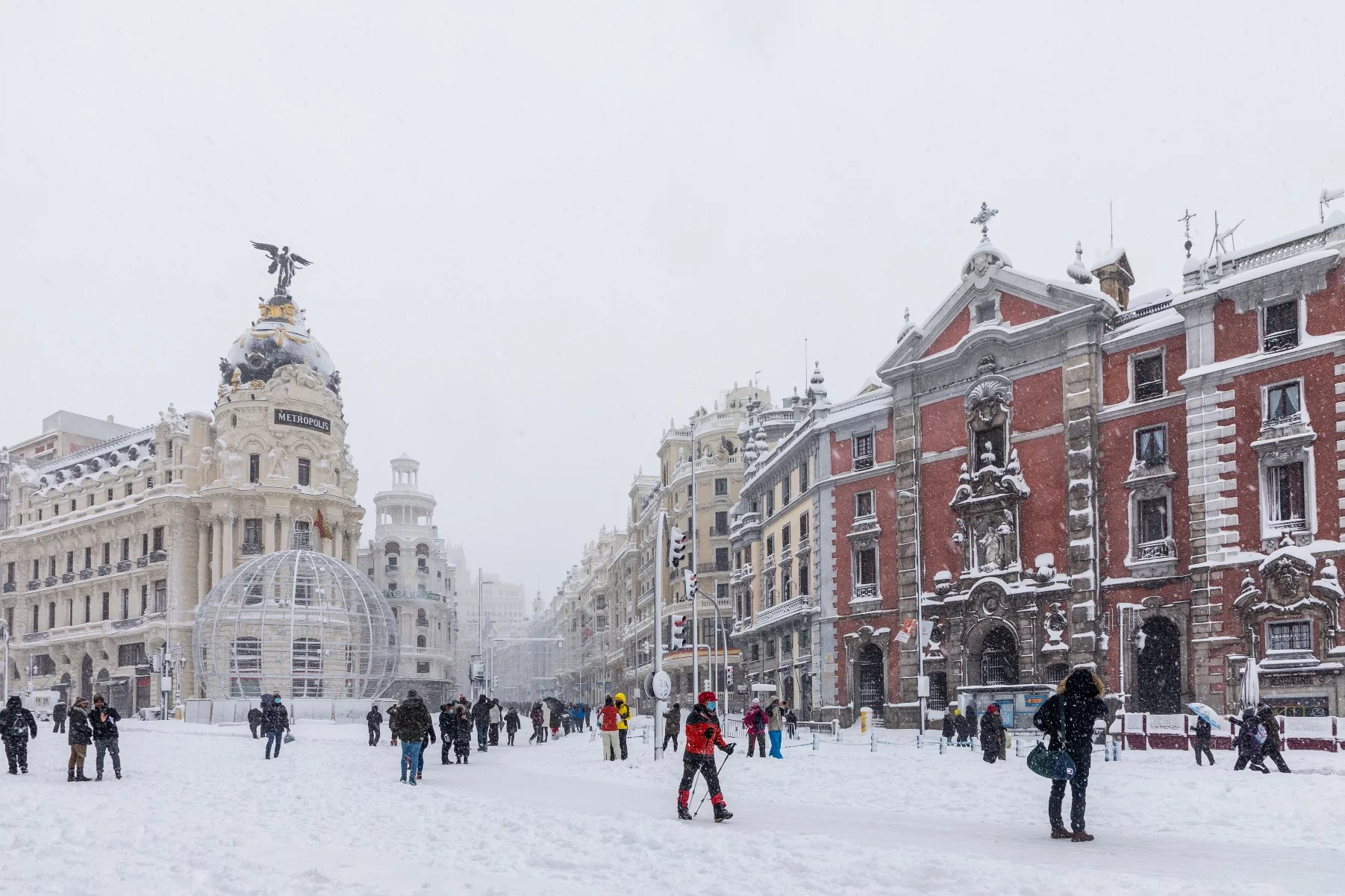
Central, southern, and eastern Spain can get dry, sunny spells during winter, so you’ll find you often can continue to dine outdoors at restaurants (albeit in a coat) even in January. The Maritime north remains resolutely soggy during winter, but it makes you appreciate those rarer cloud-free days even more.
Holiday seasons in Spain
There are two big holiday seasons in Spain. Summer is the biggest, followed by the festive season. But Spain being Spain, there are also plenty of other religious festivals and traditional fiestas scattered throughout the year.
Summer vacation season
With tourism being the third biggest economy in Spain, the European school summer holiday period is important business. It’s the most crowded time of year to be in Spain. European school holidays run for about eight weeks, through July and August, sometimes spilling over a week or two either side. The top three inbound markets are the United Kingdom, Germany, and France. A growing number of visitors are also coming from the United States, South Korea, and China due to improved flight links.
Since this period includes the Spanish school holidays too, a large number of domestic tourists add to the general melee. However, August is the biggest holiday month of all for Spaniards. Many businesses will shut down completely for the month, and locals living in the hottest areas will flee to cooler climes.
Winter holiday season
Christmas, New Year’s Eve, and the Three Kings Day are the highlights of the festive season in Spain. As the second biggest holiday season of the year, much of the country’s commerce will once again grind to a halt, albeit for a shorter period.

Christmas markets are extremely popular, as is the cheeky and unique caganer tradition (particularly in Catalan, but found all over Spain). New Year’s Eve typically sees firework displays and merriment in public squares across the country. Don’t forget to bring 12 grapes if you want to celebrate Nochevieja like a local. Hot on its heels comes Three Kings Day on 6 January, with a parade of the Three Kings throwing candy to kids in the crowd. The Three Kings also ‘visit’ children’s homes at night to leave gifts.
The rest of the year
As we mentioned, Spain has a lively calendar of festivals throughout the year. Other than summer and the festive season, Easter is a big event, although the Semana Santa (Holy Week) parades tend to be very somber affairs in this Catholic country, more akin to funeral processions. The figures in pointy hoods in the processions can be quite shocking to eyes unaccustomed to this sight but they date back to the Spanish Inquisition.
Carnival season (February) is much more upbeat. There are big carnivals across the country, with the largest carnival in Spain being in Cadiz. Another huge event during carnival season is the UNESCO-listed Fallas, which brings millions of people (and millions of euros) to Valencia.
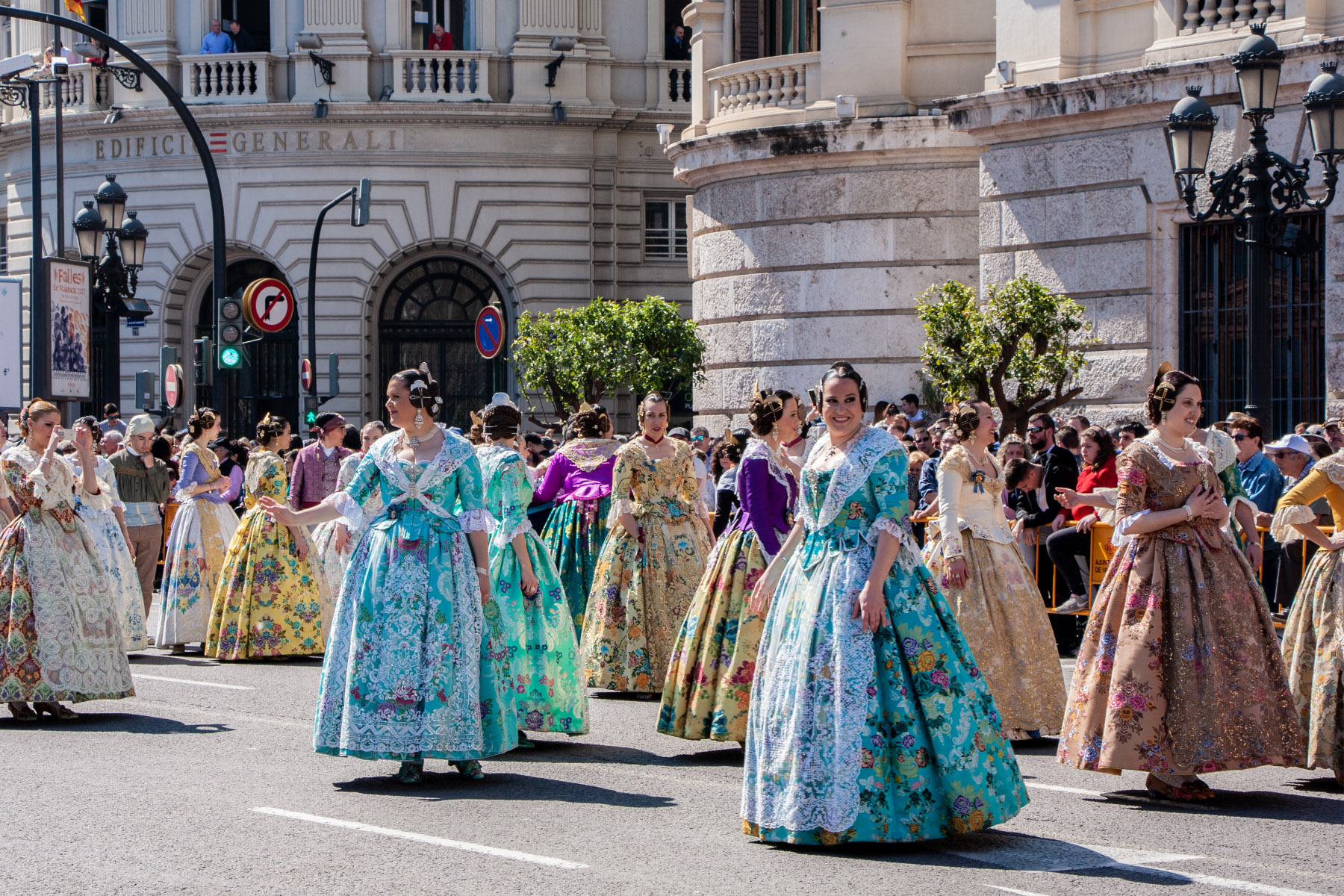
Featuring special fireworks designed to be extra loud and to billow colored smoke during these daytime displays, it’s not for anyone sensitive to loud noises, as they vibrate through your entire body.
How climate change is affecting Spain
It seems no country is immune to climate change, and in fact, it’s happening in Spain at an accelerated pace. These changes are thought to be the result of greenhouse gas emissions. In 2020, the average temperature in Spain was 1.7 degrees Celsius higher than in pre-industrial times.
Hotter and drier
For a country that’s already hot and dry, the prospect of getting even hotter and drier is calamitous. According to the Mediterranean Experts on Climate and Environmental Change (MedECC), Spain and other parts of the region are likely to see an increase of 2.2 degrees Celsius by 2040, without urgent action. This would have a dramatic impact, giving much of Spain a climate similar to North Africa.
Wildfire risks
With Spain heating up, the severity of wildfires has increased too, just as they have in other parts of the world such as California and Australia.

In 2019, during a particularly intense heatwave, Spain saw its worst wildfire in two decades. They are projected to become increasingly bad.
Reduced rainfall
MedECC also warns that winters in Spain will become drier, with 10–15% less precipitation over the next few decades (associated with the temperature rise).
This will increase the likelihood of extreme droughts in Spain, the desertification of large areas of the country, and a devastating impact on farming and wine production. Two of the country’s biggest exports and olives and wine.
Tackling climate change in Spain
Spain is not in denial of the very real impact of climate change. In fact, the government has undertaken a number of very big mitigation projects and announced new policies to confront the issue head-on. Here’s a quick look at Spain’s climate agenda:
Carbon neutral by 2050
Spain announced an ambitious €47 billion plan in 2019 to become carbon neutral by 2050. By 2030, 74% of Spain’s electricity will come from renewable sources like solar and wind power, if it stays on target.
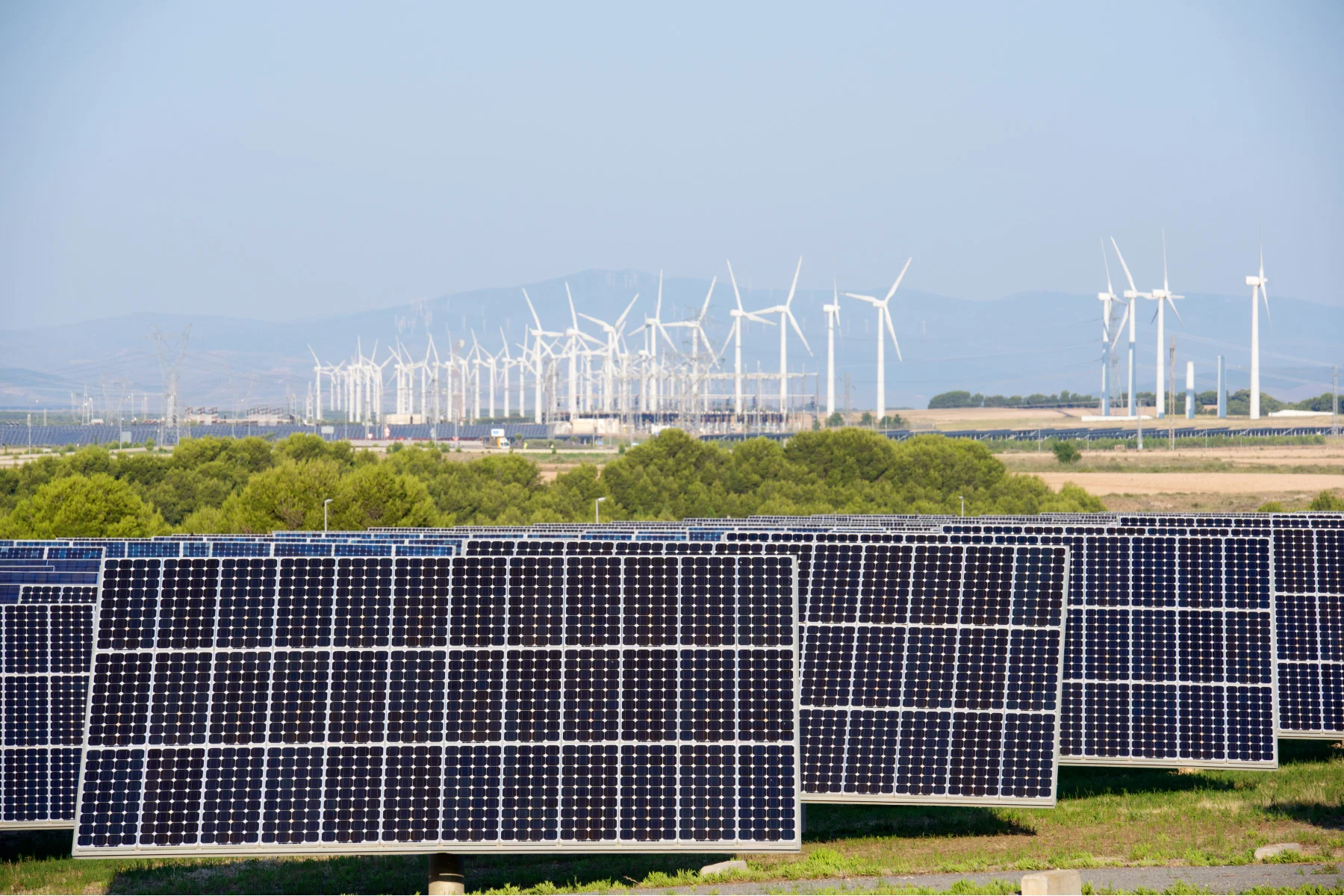
Cutting its dependence on imported energy by 15% over this current decade will save around 70 billion euros in fossil fuel costs. Spain is installing 3,000MW of solar and wind power every year, as well as implementing major energy efficiency features and banning new licenses for fossil fuel drilling and fracking.
Closing unprofitable coal mines
As part of its plan to reduce dependence upon carbon, and to meet a directive from the European Union, Spain has closed all of its unprofitable coal mines. The country still imports a certain amount of coal, though.
Repeal of the sunshine tax
A few years ago, Spain repealed the so-called sunshine tax on solar power consumers. It’s hoped this move will encourage more homeowners to opt for solar power. Previously, there were extra taxes for those using solar panels.
Individual action
If you’re wondering where you fit in all this, there are also a number of things you can do to play your part. If you’re not a homeowner and can’t install solar energy panels, you can switch to a green energy provider such as Bulb, Hola Luz, Podo, Escandinava de Electricidad, or Energy Nordic.

Having recycling bins in each home still isn’t as common in Spain as it is across much of Europe, but most towns have communal recycling bins you can take your recyclables to.
You can also make sure you turn off lights every time you leave a room, and if you have air-conditioning, keep your doors and windows closed and turn it off when you go out. These small steps can add up to making a big difference.
Useful resources
- State Meteorological Agency, AEMET – provides detailed weather forecasts including beach forecasts, as well as weather warnings
- Spanish Tourism – the official national tourist board, with comprehensive info on weather, seasons and more
- El Tiempo Previsto – a leading Spanish weather forecast app that can even zero in on golf courses, football stadiums and beaches
- CIVIO Forest Fires Map – a map of all wildfire areas where one hectare or more of land was destroyed 2001-2015
- European Forest Fire Information System’s Current Situation Viewer – a real-time and forecasat map for forest fires

